Working with ERC Standards: In the dynamic world of blockchain technology, Ethereum has been at the forefront of innovation. Central to its success are the ERC (Ethereum Request for Comment) standards, which define how tokens operate on the network. But what makes ERC standards like ERC-20, ERC-721, and ERC-1155 so vital? How do they shape the way developers build decentralized applications (dApps)? Let’s dive into these standards, explore their unique attributes, and understand how they work in harmony to power the Ethereum ecosystem.
Table of Contents
What Are ERC Standards?
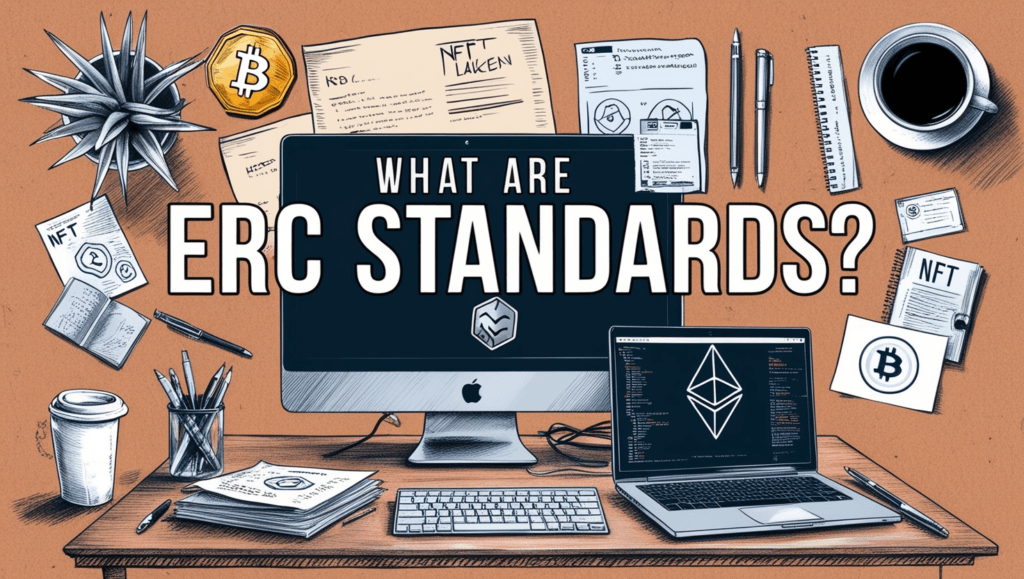
ERC standards act like rulebooks for developers creating tokens or smart contracts on Ethereum. They ensure that applications built on Ethereum can communicate effectively. Think of them as universal protocols—when followed, they allow tokens and dApps to function seamlessly.
But why is standardization important? Imagine trying to connect a charger to your phone without a common plug standard. Frustrating, right? ERC standards prevent this chaos in the blockchain world, providing structure and compatibility.
The Role of ERC Standards in Blockchain Development
- Interoperability: They allow tokens to work seamlessly with wallets and DApps.
- Efficiency: Standardized rules save developers from reinventing the wheel.
- Security: Following a well-established standard reduces vulnerabilities.
- Adoption: Projects adhering to ERC standards are more likely to gain widespread acceptance.
ERC-20: The Backbone of Fungible Tokens
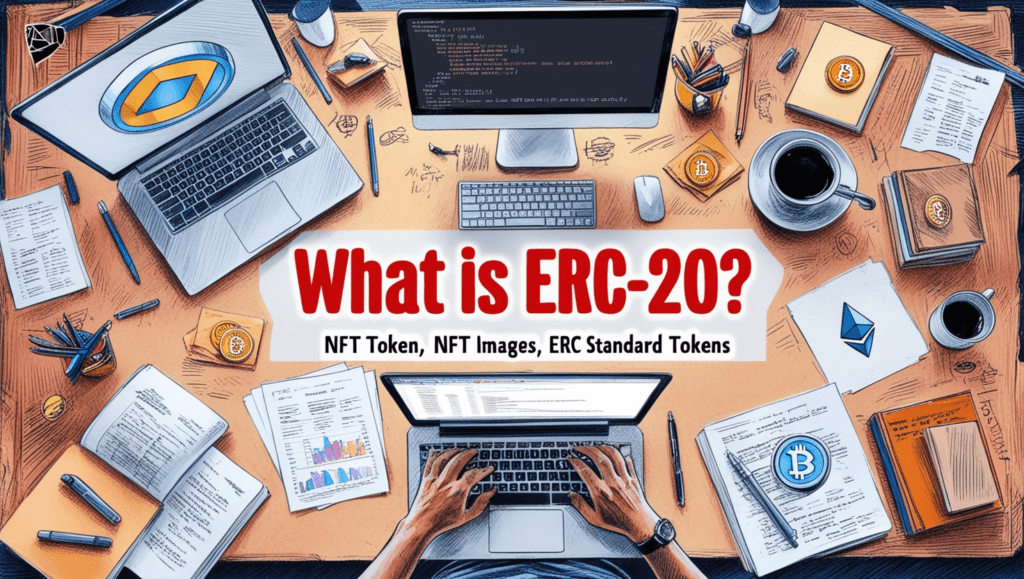
What Is ERC-20?
ERC-20 is the most widely used standard for creating fungible tokens. Fungible means that every unit of the token is identical—just like every $1 bill is worth the same as another $1 bill. Popular cryptocurrencies like USDT and LINK are ERC-20 tokens.
Core Features of ERC-20
ERC-20 tokens follow a set of predefined functions that include:
- Total Supply: Determines the total number of tokens available.
- Balance Of: Retrieves the token balance of a specific address.
- Transfer: Allows the transfer of tokens between addresses.
- Approval & TransferFrom: Handles token allowances and transfers via smart contracts.
These functions ensure interoperability, making ERC-20 tokens easy to integrate into wallets, exchanges, and dApps.
Why Are ERC-20 Tokens Important?
ERC-20 revolutionized fundraising through Initial Coin Offerings (ICOs), providing projects with a standard way to issue tokens. It also powers DeFi (Decentralized Finance) platforms, enabling lending, borrowing, and staking.
How to Implement an ERC-20 Token
Here’s an example of a basic ERC-20 contract using Solidity:
// SPDX-License-Identifier: MIT
pragma solidity ^0.8.0;
import "@openzeppelin/contracts/token/ERC20/ERC20.sol";
contract MyToken is ERC20 {
constructor() ERC20("MyToken", "MTK") {
_mint(msg.sender, 1000000 * 10 ** decimals());
}
}This contract creates a fungible token named “MyToken” with a total supply of 1,000,000 tokens.
Use Cases For ERC-20 Token
- Cryptocurrencies: Many Ethereum-based coins, such as USDT and DAI, follow the ERC-20 standard.
- Utility Tokens: Tokens used within DApps for specific purposes.
- Governance Tokens: Enable holders to vote on project proposals.
ERC-721: The Birth of NFTs
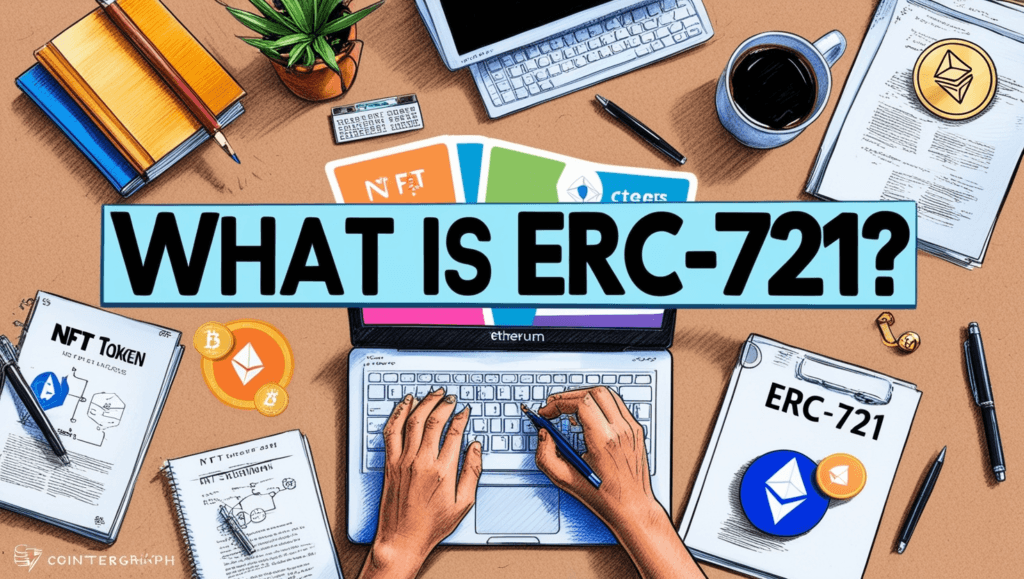
What Is ERC-721?
ERC-721 is the standard for non-fungible tokens (NFTs). Unlike fungible tokens, NFTs are unique and cannot be exchanged on a one-to-one basis. This makes them perfect for representing ownership of digital assets like art, music, or real estate.
How Does ERC-721 Work?
ERC-721 tokens use a unique identifier for each token, ensuring their individuality. Key functions include:
- Owner Of: Identifies the owner of a specific token.
- TransferFrom: Transfers ownership of an NFT.
- Metadata: Links the token to detailed information about the asset it represents, such as artwork or game items.
Real-World Applications of ERC-721
From CryptoPunks to Bored Ape Yacht Club, ERC-721 has powered the explosive growth of the NFT market. Beyond digital art, it is being used in:
- Gaming: In-game assets like characters or skins.
- Real Estate: Tokenized ownership of physical properties.
- Collectibles: Digital memorabilia and sports cards.
Limitations of ERC-721
While ERC-721 is groundbreaking, it can be inefficient. Managing multiple NFTs requires separate transactions, leading to high gas fees and slower processing.
Key Features of ERC-721
- Uniqueness: Each token is associated with a unique
tokenId. - Metadata Storage: Includes details like token descriptions or links to digital assets.
- Ownership Transparency: Functions like
ownerOf()ensure clarity on token ownership. - Secure Transfers: The
safeTransferFrom()function guarantees secure token transfers.
Implementing an ERC-721 Token
Here’s how you can create a simple ERC-721 token:
// SPDX-License-Identifier: MIT
pragma solidity ^0.8.0;
import "@openzeppelin/contracts/token/ERC721/ERC721.sol";
contract MyNFT is ERC721 {
uint256 public tokenCounter;
constructor() ERC721("MyNFT", "MNFT") {
tokenCounter = 0;
}
function createNFT(address to) public {
_safeMint(to, tokenCounter);
tokenCounter++;
}
}This contract allows users to mint unique NFTs with incremental tokenIds.
Applications of ERC-721
- Digital Art: Enables artists to sell and authenticate their creations.
- Gaming: Powers in-game assets like weapons, skins, or characters.
- Real Estate: Tokenizes ownership of real-world properties.
ERC-1155: The Multi-Token Standard
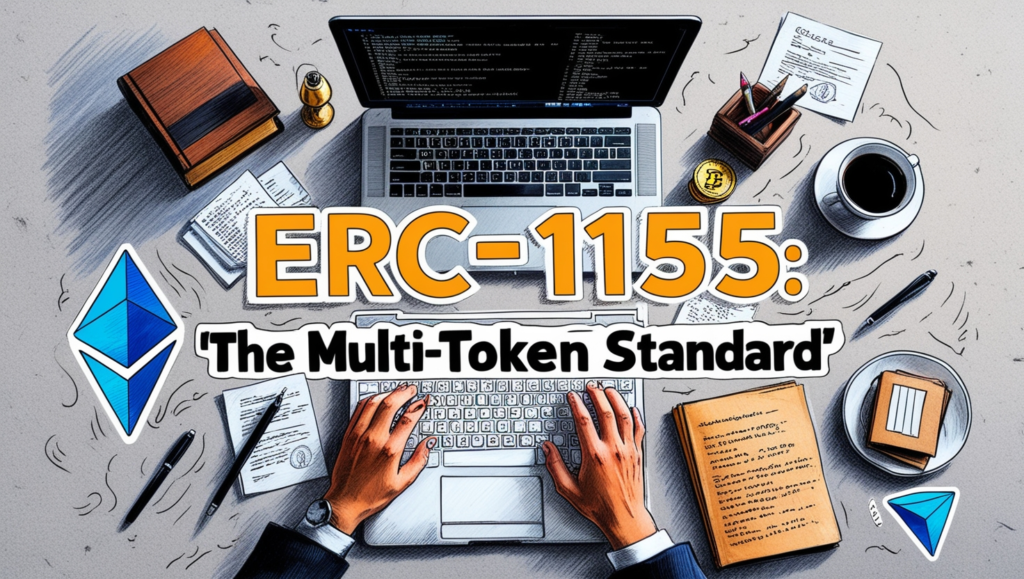
What Sets ERC-1155 Apart?
ERC-1155 combines the best of ERC-20 and ERC-721. It allows a single smart contract to handle multiple types of tokens—fungible, non-fungible, or even semi-fungible.
Key Features of ERC-1155
- Batch Transfers: Send multiple tokens in a single transaction, reducing gas fees.
- Multi-Token Support: Create different types of tokens within one contract.
- Efficient Metadata: Share metadata across tokens, optimizing storage.
Use Cases for ERC-1155
ERC-1155 is ideal for gaming and collectibles, where multiple assets need to be managed efficiently. For instance:
- A game might use ERC-1155 for gold coins (fungible) and rare swords (non-fungible).
- A collectible series could include common cards (fungible) and unique, one-of-a-kind cards (non-fungible).
Why Is ERC-1155 Game-Changing?
Its flexibility and efficiency make it a favorite among developers. By reducing transaction costs and improving scalability, ERC-1155 addresses some of the key pain points of its predecessors.
How to Implement an ERC-1155 Token
Here’s an example:
// SPDX-License-Identifier: MIT
pragma solidity ^0.8.0;
import "@openzeppelin/contracts/token/ERC1155/ERC1155.sol";
contract MyMultiToken is ERC1155 {
constructor() ERC1155("https://api.example.com/metadata/{id}.json") {}
function mint(
address to,
uint256 id,
uint256 amount,
bytes memory data
) public {
_mint(to, id, amount, data);
}
}Comparing ERC Standards
| Feature | ERC-20 | ERC-721 | ERC-1155 |
|---|---|---|---|
| Token Type | Fungible | Non-Fungible | Both |
| Batch Transfers | No | No | Yes |
| Gas Efficiency | Moderate | High | Low |
| Main Use Case | Cryptocurrencies, DeFi | NFTs, Digital Assets | Gaming, Collectibles |
This table highlights the strengths and weaknesses of each standard, helping developers choose the right tool for their project.
How to Get Started with ERC Standards
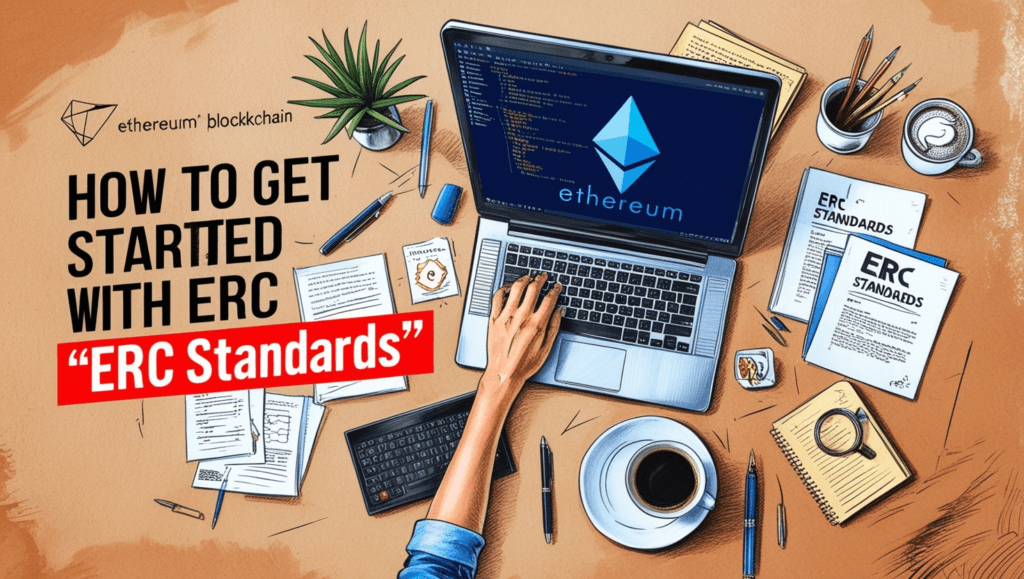
Step 1: Understand Your Requirements
- Are you creating a cryptocurrency? Choose ERC-20.
- Want to launch an NFT collection? Go with ERC-721.
- Building a game or multi-asset project? ERC-1155 is your best bet.
Step 2: Write and Test Smart Contracts
Use frameworks like Hardhat or Foundry to write your smart contracts. Leverage tools like OpenZeppelin for pre-audited implementations of ERC standards.
Step 3: Deploy and Integrate
Deploy your contract on Ethereum or compatible networks like Polygon. Integrate it into wallets, marketplaces, or dApps for user interaction.
Step 4: Monitor and Optimize
Use analytics tools to track your contract’s performance and identify areas for improvement. Optimize gas efficiency to enhance user experience.
Best Practices for Working with ERC Standards
1. Use Proven Libraries
Leverage libraries like OpenZeppelin to implement ERC standards securely and efficiently.
2. Optimize Gas Usage
Batch operations, particularly with ERC-1155, can significantly reduce transaction costs.
3. Prioritize Security
Ensure your smart contracts are audited to prevent vulnerabilities like reentrancy attacks.
4. Test Thoroughly
Test your contracts using tools like Hardhat or Foundry to ensure robustness.
5. Understand Metadata
Store large files off-chain using decentralized storage solutions like IPFS.
Challenges and Future of ERC Standards
While ERC standards have brought consistency, they are not without challenges. Gas fees, scalability issues, and environmental concerns are some of the hurdles. However, the transition to Ethereum 2.0 and Layer 2 solutions promise a brighter future.
As blockchain technology evolves, we may see the emergence of new ERC standards. These innovations will continue to drive Ethereum’s versatility and usability.
Conclusion
The ERC standards—ERC-20, ERC-721, and ERC-1155—are the lifeblood of Ethereum’s ecosystem. They have transformed how we think about digital assets, enabling everything from cryptocurrencies to NFTs and gaming.
So, where do you fit into this picture? Are you a developer eager to create the next big thing, or a curious enthusiast exploring blockchain’s potential? Whichever it is, the ERC standards provide a solid foundation to turn your ideas into reality.
Which ERC standard fits your project’s needs? If you’re creating fungible tokens, ERC-20 offers simplicity and reliability. For NFTs, ERC-721 opens up a world of unique possibilities. And if your project demands flexibility, ERC-1155 provides the best of both worlds.
As blockchain pioneer Vitalik Buterin once said, “Ethereum is a platform for innovation and experimentation.” By mastering these ERC standards, you’re not just building tokens—you’re shaping the future of decentralized technology. So, dive in and bring your vision to life!


